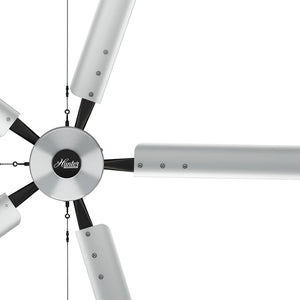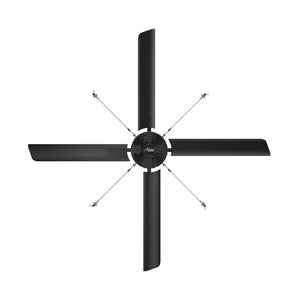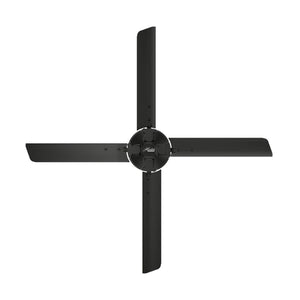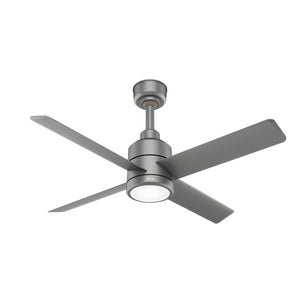HVLS Ceiling Fan Size Guide: The Basics
Choosing the right size fan for your industrial or commercial space is crucial to ensure proper airflow and energy efficiency. In this HVLS Ceiling Fan Size Guide, we'll discuss your choices to help you get the right fan for your industrial space to ensure maximum comfort for workers and other occupants.
What Is an HVLS Ceiling Fan?
A high-volume, low-speed (HVLS) ceiling fan is designed to move large quantities of air while operating at a low rotational speed. Commercial and industrial HVLS fans are crucial for large industrial spaces, where maintaining a consistent temperature is important for machines and workers.
How an HVLS Fan Works
You may think that an HVLS fan is only necessary in hot weather. The truth is, these industrial workhorses are on the job year-round. When the temperatures are warm, HVLS fans work in conjunction with your air conditioning system to create a cooling effect. Workers will notice the difference – the air will feel up to 10 degrees cooler.
In cold weather, HVLS fans work with your heating system to pull warm air from the ceiling and redistribute it throughout your facility. This improvement in air circulation results in higher moisture evaporation, which in turn reduces the risk of spills and erosion. Another benefit is that the energy efficiency your facility enjoys with HVLS fans equates to energy savings for your business.
Why Ceiling Fan Size Matters
To work effectively in big open spaces, the diameter of an HVLS ceiling fan must be large – from 7 feet to 24 feet. A fan that's too small won't circulate enough air, while a fan that's too big can create too much airflow, resulting in uncomfortable drafts and wasted energy. It's crucial to consider certain factors to ensure you get the right ceiling fan size for your building.
HVLS Ceiling Fan Blade Sizes
It's not the blades themselves but their diameter that's the most important measurement in determining ceiling fan blade sizes. To calculate a fan's diameter, do the following:
- Count the number of blades.
- Measure from one blade's tip to the tip of the blade opposite it.
- If your fan has an uneven number of blades, measure the radius from the fan's center to the tip of any blade and double that number.

 100% Secure Payments
100% Secure Payments











